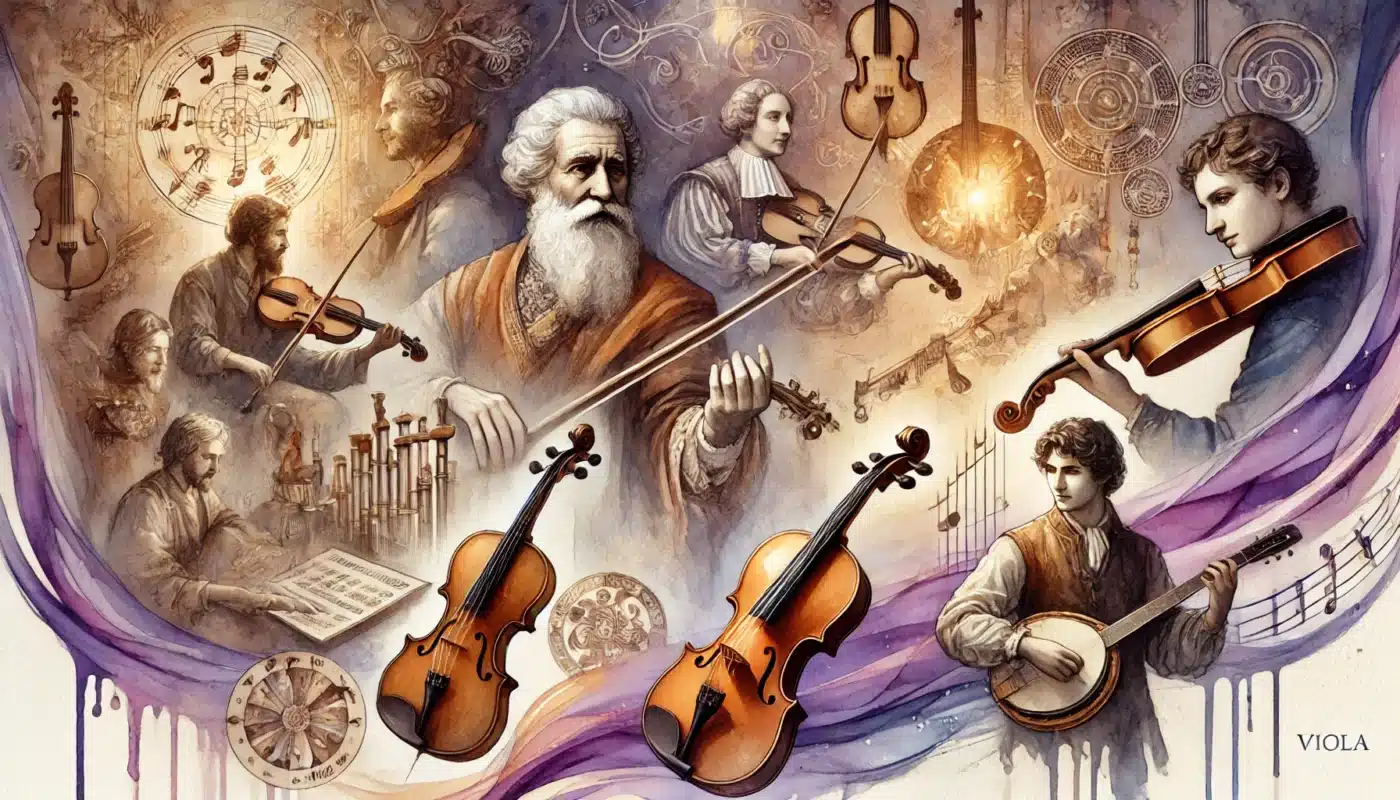Introduction
Have you ever been captivated by the soulful melodies of a violin or felt the warm resonance of a viola? These instruments have a unique ability to touch our emotions, but where did they come from? Let’s take a journey through time to explore the fascinating history of the violin and viola—two instruments that have profoundly shaped the world of music.
If you’re torn between these two incredible instruments and wondering which one might be right for you, our detailed comparison can help you make an informed choice. Check out Viola vs Violin: Which Instrument Is Right for You? to explore their differences, similarities, and find out which one resonates with you.
Early String Instruments: The Precursors
Before the violin and viola graced concert halls, there were ancient instruments that paved the way for their development.
Ancient Bowed Instruments
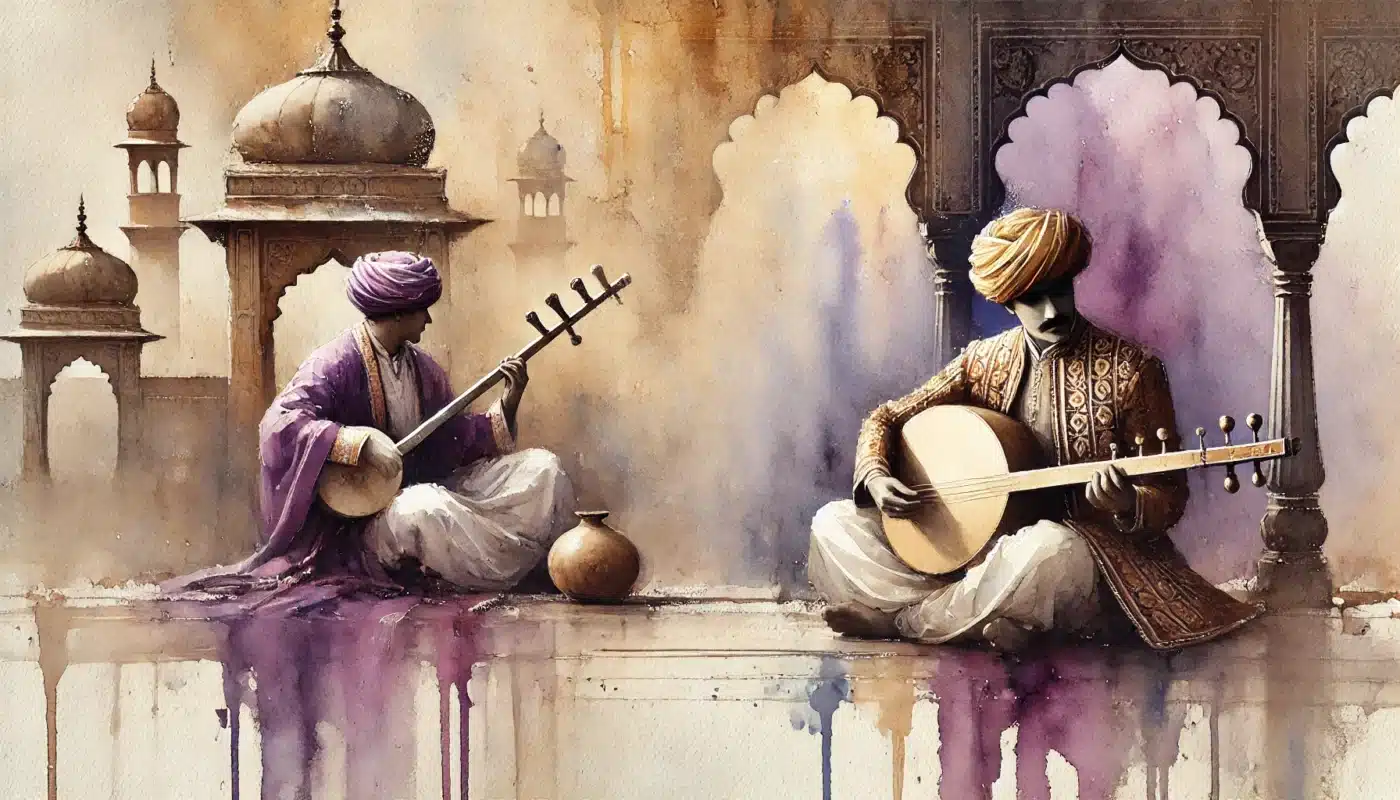
1. Ravanhatta (India)
Our story begins in ancient India with the Ravanhatta. Dating back over a thousand years, this bowed string instrument is considered one of the earliest of its kind. It featured a resonating chamber made from a gourd and had gut or horsehair strings played with a bow. The Ravanhatta is often associated with Rajasthan and was used by folk musicians and bards.
2. Rebab (Middle East)
Moving westward, the Rebab emerged in the Middle East around the 8th century. With its small, round body and one to three strings, it was played with a bow and produced a distinctive, expressive sound. The Rebab spread across the Islamic world and into Europe via Spain, influencing the development of European string instruments.
Medieval European Instruments
1. Vielle
In medieval Europe, musicians played the vielle, a bowed instrument with five strings and a body resembling a figure eight. It was popular among troubadours and minstrels, providing musical accompaniment for storytelling and poetry.
2. Rebec
The rebec was another medieval favourite. Carved from a single piece of wood with a rounded back, it usually had three strings and was held against the chest or under the chin—much like modern violins and violas. Its clear, penetrating sound made it suitable for both dance music and lyrical pieces.
Birth of the Violin Family in the Renaissance
The Renaissance was a time of artistic rebirth, and music was undergoing significant changes.
The Cultural Context of 16th-Century Italy
Northern Italy became a hub for musical innovation. Cities like Cremona and Venice were thriving centres for art and culture, setting the perfect environment for new instruments to emerge.
Andrea Amati and the First Violins
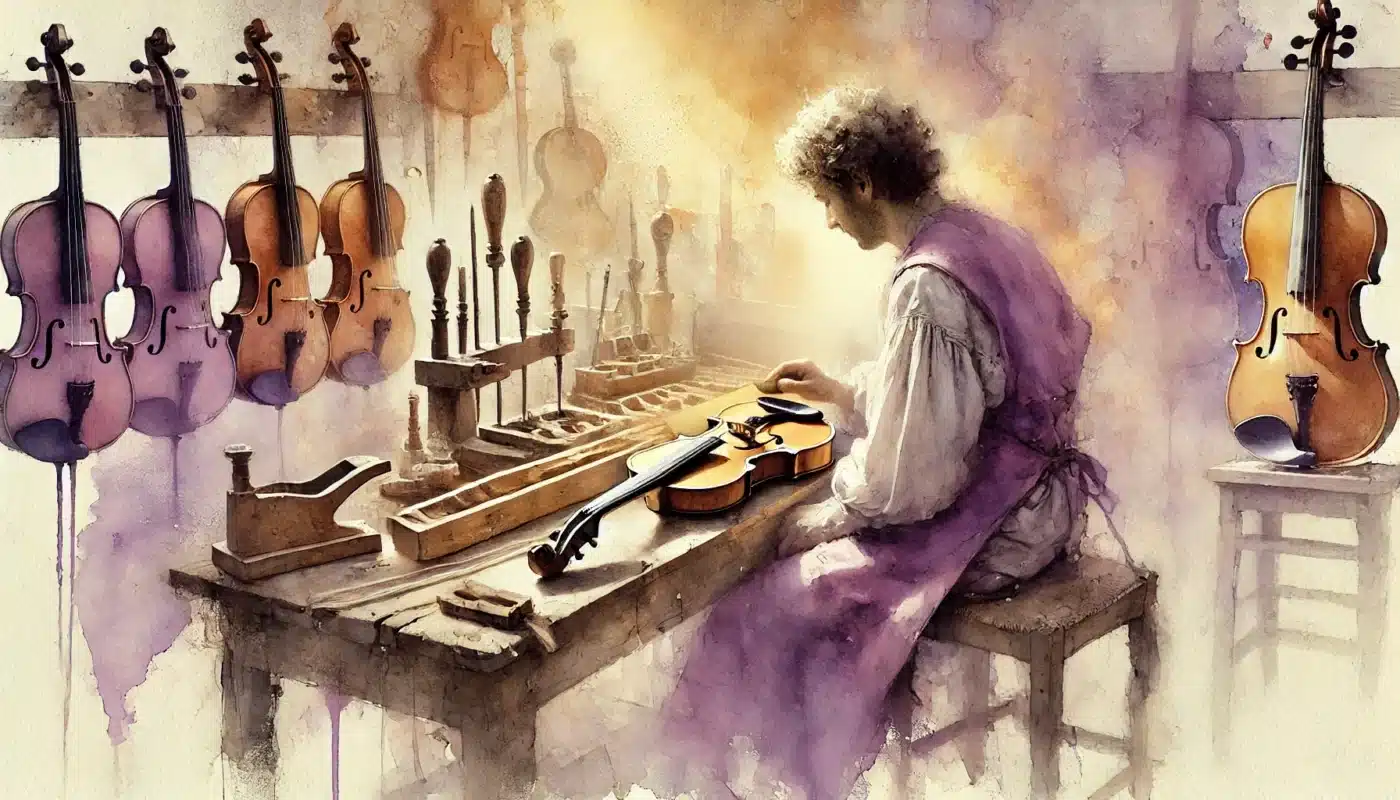
Enter Andrea Amati, a master luthier from Cremona. In the early 16th century, he crafted some of the first violins, refining the design and acoustics to create instruments that were both visually stunning and sonically superior. His violins were so esteemed that he was commissioned by the French court to create instruments adorned with royal insignia.
Emergence of the Viola
Alongside the violin, the viola made its debut. Larger and tuned a fifth lower than the violin, the viola filled a crucial role in ensembles, offering a rich, mellow tone that bridged the gap between the high-pitched violins and the deeper cellos.
Evolution of Design and Craftsmanship
As musical styles evolved, so did the instruments, thanks to the ingenuity of master craftsmen.
The Golden Age of Luthiery
1. Antonio Stradivari
You’ve probably heard of Stradivarius violins—they’re legendary! Antonio Stradivari, active in the late 17th and early 18th centuries, crafted violins and violas with unparalleled skill. His meticulous attention to detail and innovative designs resulted in instruments renowned for their exceptional sound quality.
2. Guarneri Family
The Guarneri family, particularly Giuseppe Guarneri del Gesù, were contemporaries of Stradivari. Their instruments are celebrated for their powerful, rich tones and have been favoured by virtuosos like Niccolò Paganini.
Technical Developments
1. Changes in Shape and Size
To meet the demands of composers and the acoustics of larger venues, luthiers experimented with the shape and size of violins and violas. These adjustments enhanced sound projection and tonal balance.
2. Material Innovations
Craftsmen explored different woods and varnishes to improve resonance and durability. The combination of spruce for the top plate and maple for the back and sides became the standard, providing an optimal blend of strength and tonal quality.
The Violin and Viola in Baroque and Classical Periods
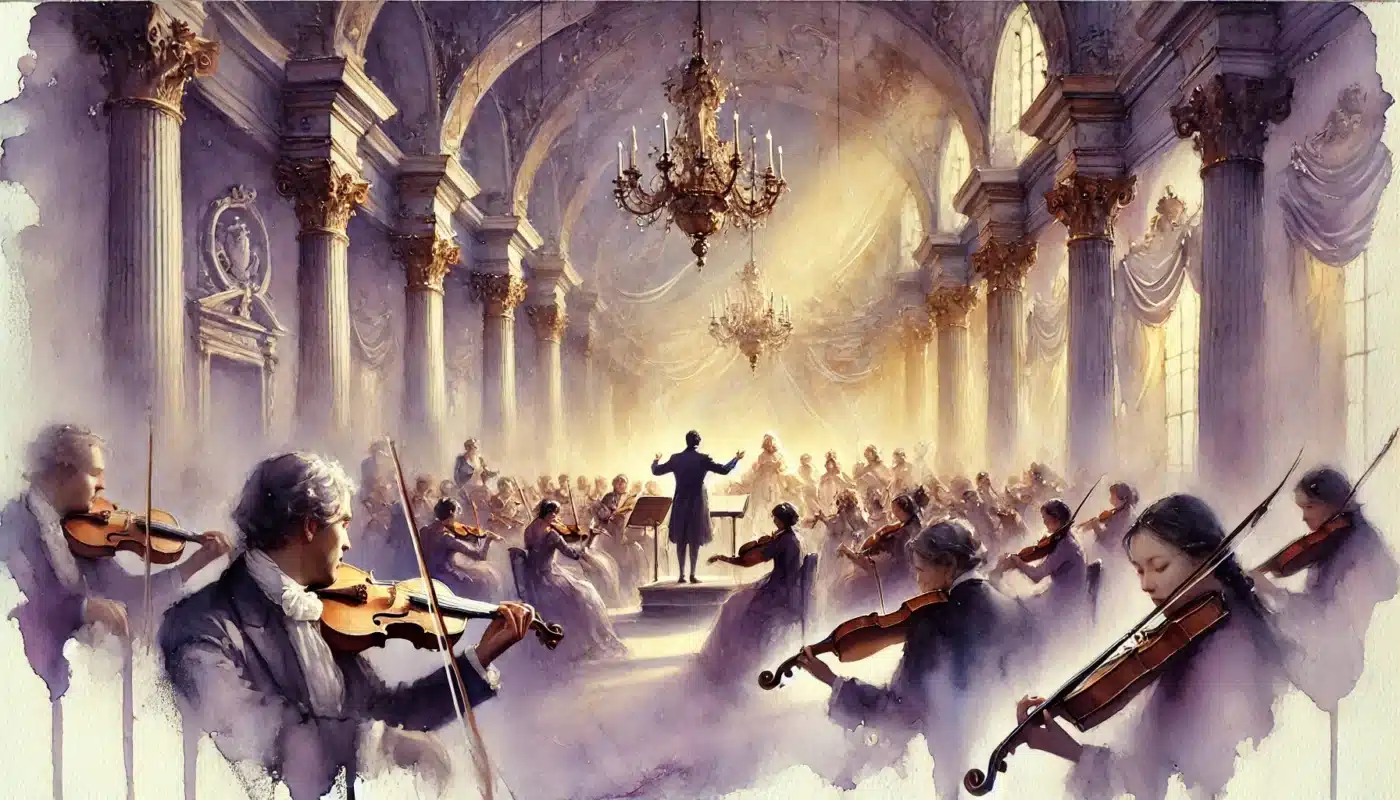
These periods were pivotal in establishing the violin and viola as central instruments in Western music.
Baroque Era Significance
1. Role in Orchestras
During the Baroque era, the violin family became the backbone of orchestras. Their versatility and expressive capabilities made them ideal for the intricate compositions of the time.
2. Composers and Works
Composers like Antonio Vivaldi wrote extensively for the violin. His famous work “The Four Seasons” showcased the instrument’s ability to convey vivid imagery and emotion. The viola, while less prominent, provided essential harmonic support.
Classical Period Advancements
1. Mozart and Haydn
Wolfgang Amadeus Mozart and Joseph Haydn expanded the viola’s role in chamber music. Mozart, a violist himself, composed string quintets that highlighted the viola’s unique timbre.
2. Evolution of Playing Techniques
Advancements in bow design and playing techniques allowed musicians to achieve greater dynamic range and expression, pushing the boundaries of what these instruments could accomplish.
Romantic Era to Early 20th Century
Emotion and individualism took centre stage, elevating the violin and viola to new heights.
Rise of Virtuosos
1. Niccolò Paganini
The legendary Niccolò Paganini dazzled audiences with his extraordinary violin skills. His technical prowess and showmanship were so exceptional that rumours circulated about him having supernatural assistance!
2. Lionel Tertis
On the viola front, Lionel Tertis was a pioneer who transformed the instrument’s standing. He commissioned new works, transcribed pieces, and inspired composers to write specifically for the viola, significantly expanding its repertoire.
Instrument Modifications
Instruments were modified to produce greater volume and projection. Adjustments included lengthening the neck, angling the fingerboard, and reinforcing the instrument’s internal structures—all to meet the demands of larger concert halls and more expressive musical styles.
Compositional Shifts
Composers began writing solo pieces for the viola, recognising its expressive depth. Works by Béla Bartók and William Walton brought the viola into the limelight as a solo instrument.
Modern Developments and Global Spread
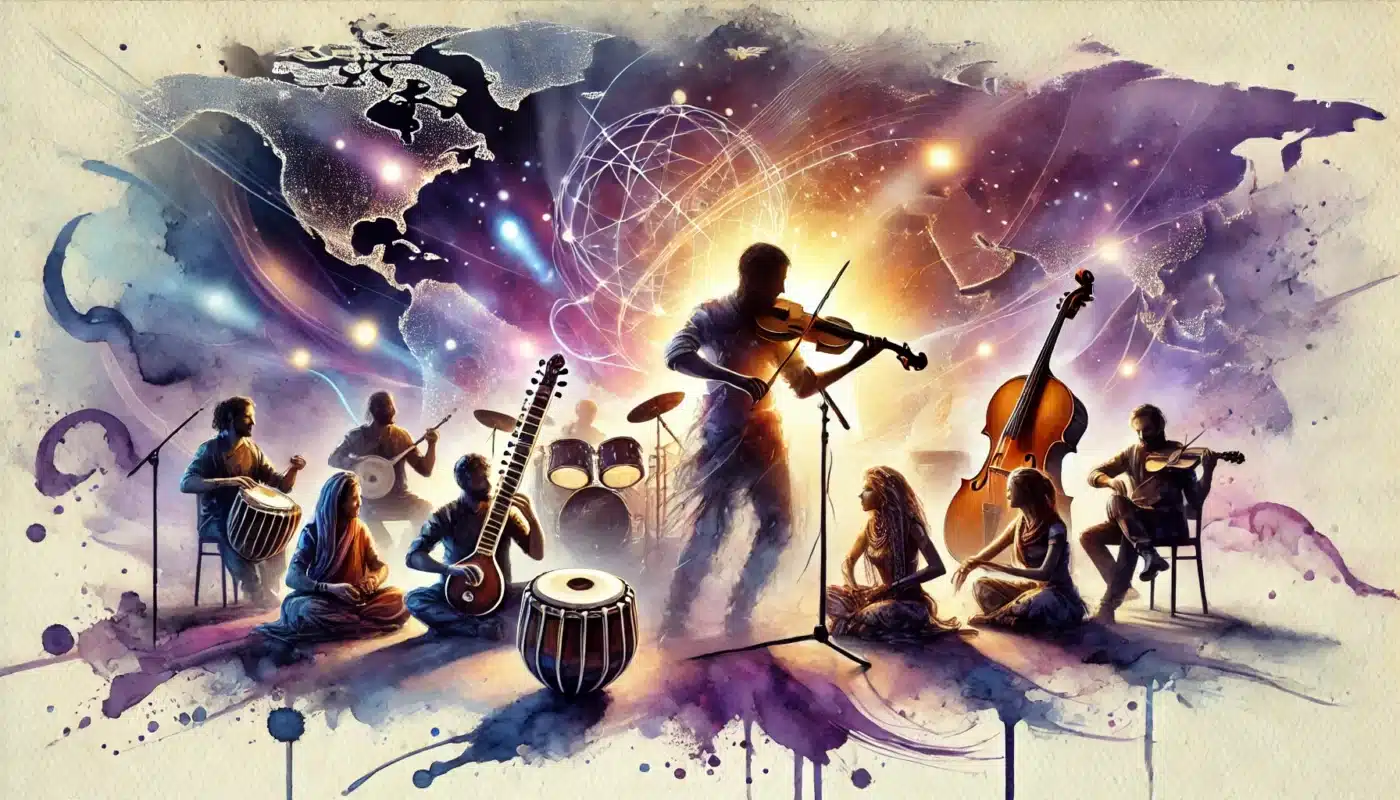
The 20th century introduced new possibilities for these classical instruments.
20th-Century Innovations
1. Electric Violins and Violas
Electric versions emerged, allowing the violin and viola to venture into genres like jazz, rock, and pop. Artists such as Vanessa-Mae and bands like Electric Light Orchestra incorporated electric violins, expanding the instruments’ versatility.
2. Contemporary Makers
Modern luthiers are experimenting with new materials like carbon fibre and innovative designs, offering instruments that are both durable and acoustically impressive while respecting traditional craftsmanship.
The Instruments in World Music
1. Adoption in Various Genres
The violin, in particular, has found a home in many musical traditions—Irish fiddling, Indian classical music, and even bluegrass and country genres in the United States.
2. Cross-Cultural Collaborations
Musicians are blending Western string instruments with global sounds, creating fusion genres that are both exciting and fresh. This cross-pollination highlights the universal language of music.
Cultural Impact and Significance
Beyond the concert hall, the violin and viola have left an indelible mark on culture.
Educational Importance
For many, the violin or viola is their first introduction to music education. Learning these instruments teaches discipline, fosters creativity, and provides a foundation for understanding music theory.
Symbolism and Representation
The violin often symbolises sophistication and emotional depth in literature and film. From Sherlock Holmes’ contemplative playing to the poignant scores of cinema, it’s an instrument that conveys profound emotion.
The Viola’s Unique Identity
While sometimes overshadowed by the violin, the viola has carved out its own niche. Its warm, rich sound offers qualities that are distinct and increasingly appreciated by composers and audiences alike.
Conclusion
From ancient instruments like the Ravanhatta and Rebab to the masterful creations of Amati and Stradivari, the violin and viola have evolved remarkably over centuries. They’ve been shaped by cultures, crafted by masters, and played by geniuses, yet their essence remains the same—they are vessels for human expression, capable of conveying the deepest emotions.
Next time you hear a violin or viola, take a moment to appreciate not just the music but the incredible journey that brought those sounds to your ears. Perhaps you’ll be inspired to explore these instruments yourself!
Fun Facts
- Oldest Surviving Violin: The oldest known violin is the Charles IX by Andrea Amati, crafted around 1564. It’s over 450 years old and resides in a museum in Paris.
- Priceless Instruments: Stradivarius violins are so valuable that some have sold for over £10 million at auction. They’re considered the epitome of violin craftsmanship.
- Speed Record: In 2010, violinist Oliver Lewis set a Guinness World Record by playing “Flight of the Bumblebee” in 1 minute and 3.356 seconds, showcasing the violin’s potential for rapid playing.

